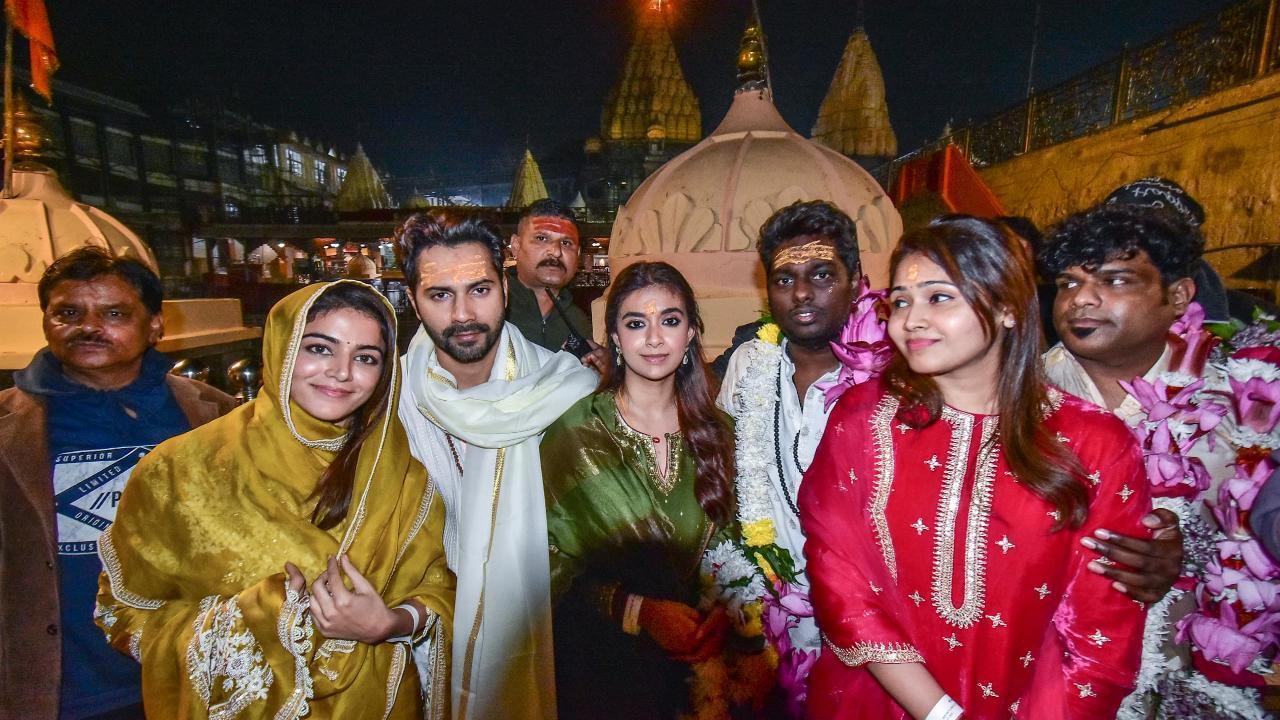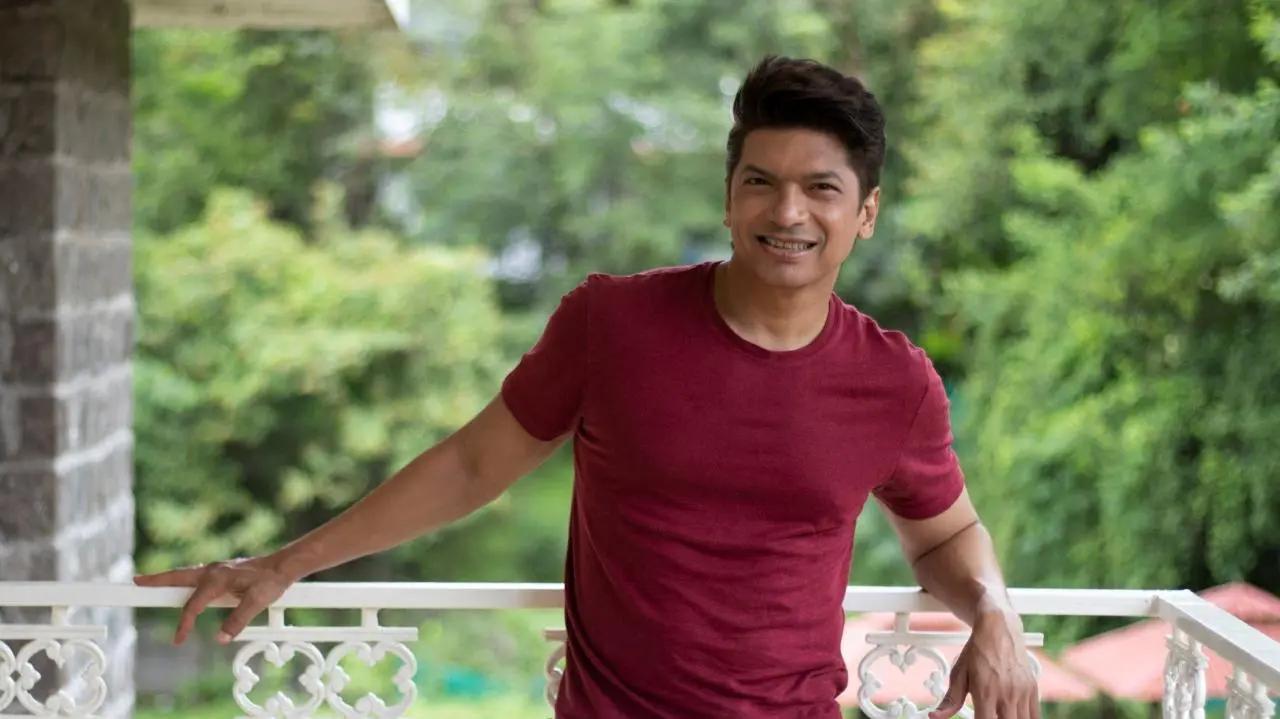
Bollywood thrives on grand sets and catchy songs, yet women are still portrayed as helpless figures, sidelined to please the male gaze. Here’s an in-depth look at why Bollywood needs to change.
Bollywood’s influence is undeniable. The film industry has shaped societal views and occasionally even pushed against the norm. What makes Bollywood so successful is its amalgamation of unique storylines, lavish sets, and toe-tapping songs, all wrapped in a package of extravagant entertainment. However, one glaring element continues to mar this otherwise sparkling industry—the portrayal of women. Time and again, female characters are reduced to mere damsels in distress, sidelined in the narrative yet meticulously designed to satisfy the male gaze.
Despite the occasional women-centric films like “Piku”, “English Vinglish”, and “Pink” that aim to educate and inspire audiences, these movies are vastly outnumbered by films that glorify domestic violence and sexual assault. The disparity is glaring—the ratio speaks for itself. Many highly praised films over the years have featured themes of violence against women and, amid the rising tide of sexual violence in India, it’s hard to overlook the possibility that Bollywood is contributing to the burgeoning rape culture in the country.
Since the 1980s, Bollywood films have been promoting violence against women. In “Zakhmi Aurat” (1988), a seven-minute-long rape scene appeared deliberately crafted to fulfill male fantasies of domination, with the attacker using increasing force to overpower the victim, making his “victory” seem more rewarding. Similarly, in the 1986 film “Angaarey,” Jolly, portrayed by Shakti Kapoor, stalks and brutally assaults Aarti (Smita Patil) in her own home. In “Bhagawan” (1993), a woman is coerced into marrying her rapist to safeguard her family’s honour, completely ignoring her trauma and suffering in favor of societal expectations.
Now, in 2024, has anything genuinely changed on screen? While the portrayal of heroes winning women through stalking and rape appeared to diminish, the release of “Kabir Singh” in 2019, the Bollywood adaptation of “Arjun Reddy,” blatantly glorified misogyny, reflecting the patriarchal culture entrenched in India. Kabir’s character holds a knife to a girl, demanding she undress, while a fast-paced soundtrack glamorizes this despicable behavior. Kabir kisses Preethi, his ‘love interest,’ upon their first meeting without consequence. Instead, he is rewarded when she falls for him, reinforcing the notion that men can domineer women to get what they want.
. Preethi’s voice is almost unheard until the film’s midpoint, and when Kabir slaps her, she begs for his forgiveness instead of standing up for herself.
Is this just entertainment? Can we just relax and enjoy it? True, there have been cult classics laden with violence, but such films were also known for strong character development, engaging plotlines, redemption arcs, or an exploration into the mind’s descent into madness.
And then, in December 2023, comes “Animal.” Written and directed by Sandeep Reddy Vanga, it’s another alpha-male, chauvinistic narrative that diminishes, objectifies, and sexualizes women while glorifying egregious acts of violence like slitting throats, shooting people, and strangling business rivals—all under the pretext of “protecting the family.” The film shows no genuine respect for women or the relationships that actually sustain families. The male lead inflicts both physical and emotional abuse on his wife, girlfriend, sister, and mother, yet the film normalizes his violent actions by branding him as an “animal.”
When movies of this nature have been influencing audiences for generations, it’s no shock that they contribute to the growth of rape culture in India. The perpetual glorification of toxic masculinity, the objectification of women, and the trivialization of violence against them send a perilous message. By consistently portraying dominance, abuse, and control as acceptable—even heroic—behaviour, these films reinforce detrimental attitudes that permeate society, encouraging a culture where such actions are not only tolerated but often celebrated.
Bollywood’s influence is undeniable. The film industry has shaped societal views and occasionally even pushed against the norm. What makes Bollywood so successful is its amalgamation of unique storylines, lavish sets, and toe-tapping songs, all wrapped in a package of extravagant entertainment. However, one glaring element continues to mar this otherwise sparkling industry—the portrayal of women. Time and again, female characters are reduced to mere damsels in distress, sidelined in the narrative yet meticulously designed to satisfy the male gaze.
Yes, there are women-centric films like “Piku,” “English Vinglish,” and “Pink” that aim to educate and inspire audiences. However, when compared to the vast number of movies that glorify domestic violence and sexual assault, the difference is glaring—the ratio speaks for itself. Many highly praised films over the years have featured themes of violence against women, and with the rise in sexual violence in India, it’s hard to ignore the possibility that Bollywood may be contributing to the country’s growing rape culture.










